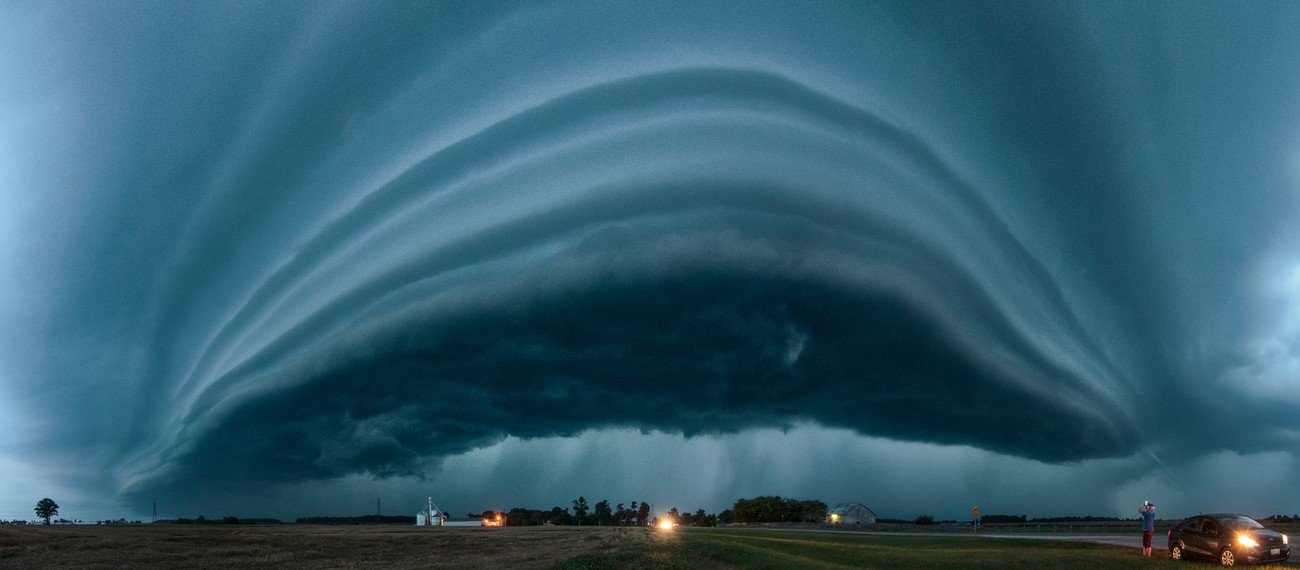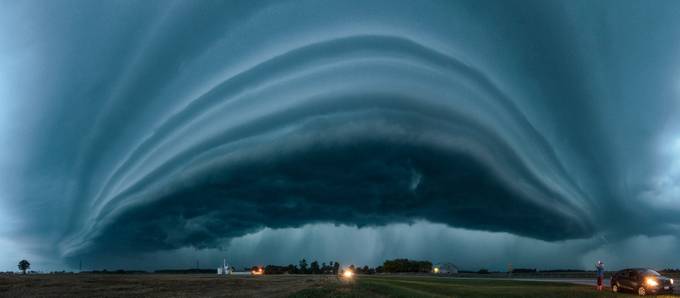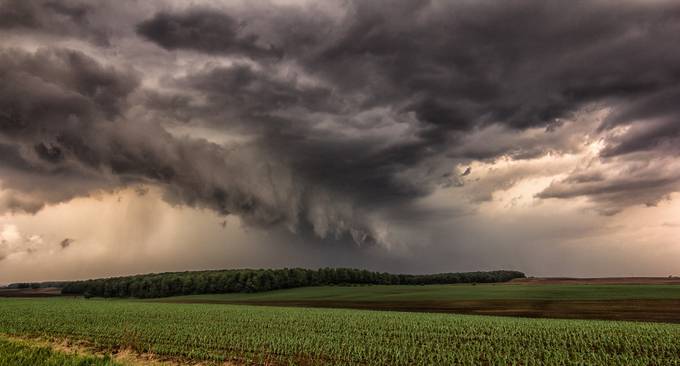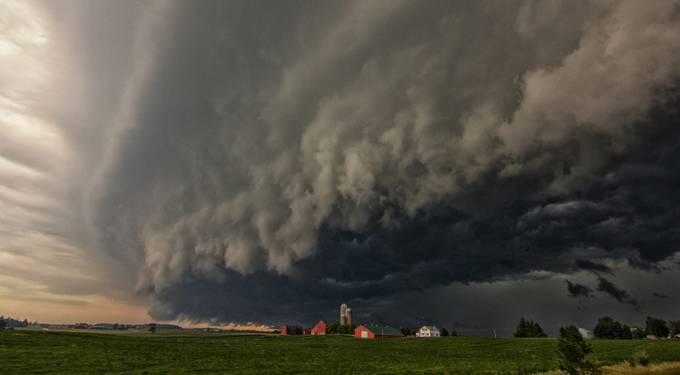When you think of storms you most likely want to get as far away as possible from them. This is not the case of ViewBug member and storm photographer sburlovich. Sburlovich is a storm chaser who shares his top tips to capture storms.
One major advantage to shooting storms is many of the same principles used in landscape photography will also work for storm photography. Below I will share some of my personal tips to help you get started capturing storm photos of your own.
1. Camera Settings.
If you are using a DSLR, you need to be using manual exposure. The ever changing lighting wreaks havoc on in-camera metering. Using aperture or shutter priority modes will produce inconsistent results and leave you frustrated. Manual may seem a bit daunting at first, but let me try and break it down for you. It’s really quite simple and there is no better way to learn than practicing. Aperture: As with landscape photography, you want to be shooting at lower apertures for the maximum depth-of-field (getting everything in focus). Ideally, you should be shooting within a range of f/6.3 to f/11 and no lower or you can start introducing diffraction into your image, bringing down its overall quality. ISO: Shoot at the lowest possible ISO setting on your camera.
Typically for most DSLR’s, this is 100. A higher ISO will brighten an image, but will also introduce more noise into your image sacrificing details as a result. Always keep the ISO at its lowest setting unless you have tried everything else and do not have a choice. Shutter: There is a bit of wiggle room on this one and can really be left up to the photographer. Personally, I tend to shy away from using ND filters to take long exposures of storms simply because the structure is moving so quickly. An exposure longer than a couple of seconds causes the clouds to blur and lose detail. I like to set my shutter on the quick side, to get a crisp, sharp image. Exact settings are going to vary depending on the camera body and lens you are using, so you will need to experiment with your equipment to find what settings work best for you.
2. Foreground
Always include a foreground in your storm shots. It adds interest, helps give the viewer a sense of scale and adds context to the image. Even something as simple as a farm field will help. Some of my favorites are Wind Farms, Abandoned Houses and colorful crops such as Canola.
3. Plan ahead and position yourself.
Most of the time, severe storms are forecasted a few days ahead of time giving you a heads up to potential activity. Pick out a target location and position yourself there before the storms start firing, this means getting to your target late in the morning or early in the afternoon, depending on conditions. You don’t want to be playing catch-up with a storm, you won’t win. The ability to read and understand weather models will help you immensely in this area, but isn’t completely necessary.
I hope that these tips will help you get started capturing the power and beauty of Mother Nature.
Feel free to connect and share your captures with sburlovich on Twitter @Restless_Skies and follow his profile burlovich ViewBug.







